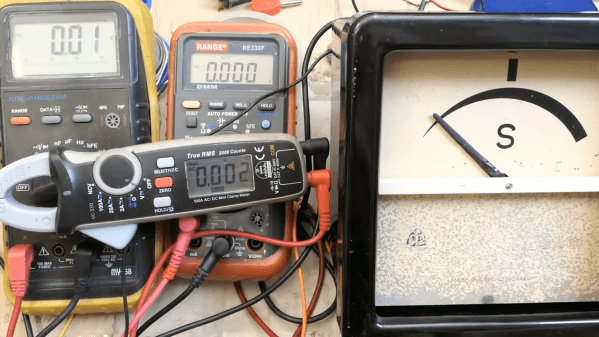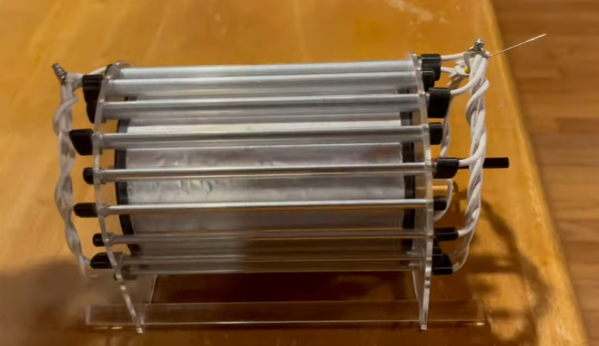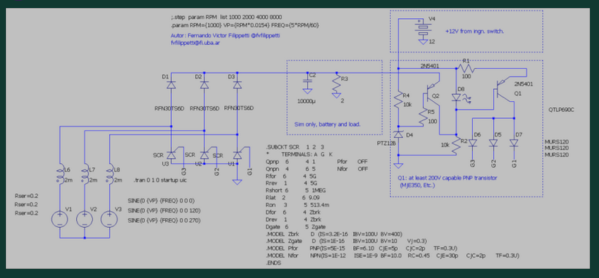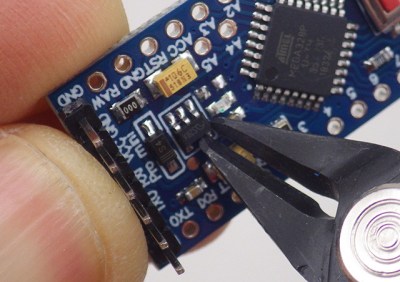There’s nothing quite like old-school electrical gear, especially the stuff associated with power distribution. There’s something about the chunky, heavy construction, the thick bakelite cases, and the dials you can read from across the room. Double points for something that started life behind the Iron Curtain, as this delightful synchroscope appears to have.
So what exactly is a synchroscope, you ask? As [DiodeGoneWild] explains (in the best accent a human being has ever had), synchroscopes are used to indicate when two AC power sources are in phase with each other. This is important in power generation and distribution, where it just wouldn’t be a good idea to just connect a freshly started generator to a stable power grid. This synchroscope has a wonderfully robust mechanism inside, with four drive coils located 90° apart on a circular stator. Inside that is a moving coil attached to the meter’s needle, which makes this an induction motor that stops turning when the two input currents are in phase with each other.
The meter is chock full of engineering goodies, like the magnetic brake that damps the needle, and the neat inductive coupling method used to provide current to the moving coil. [DiodeGoneWild] does a great job explaining how the meter works, and does a few basic tests that show us the 60-odd years since this thing was made haven’t caused any major damage. We’re eager to see it put to the full test soon.
This is just the latest in a series of cool teardowns by [DiodeGoneWild]. He recently treated us to a glimpse inside an old-ish wattmeter, and took a look at friggin’ laser-powered headlights, too.


















